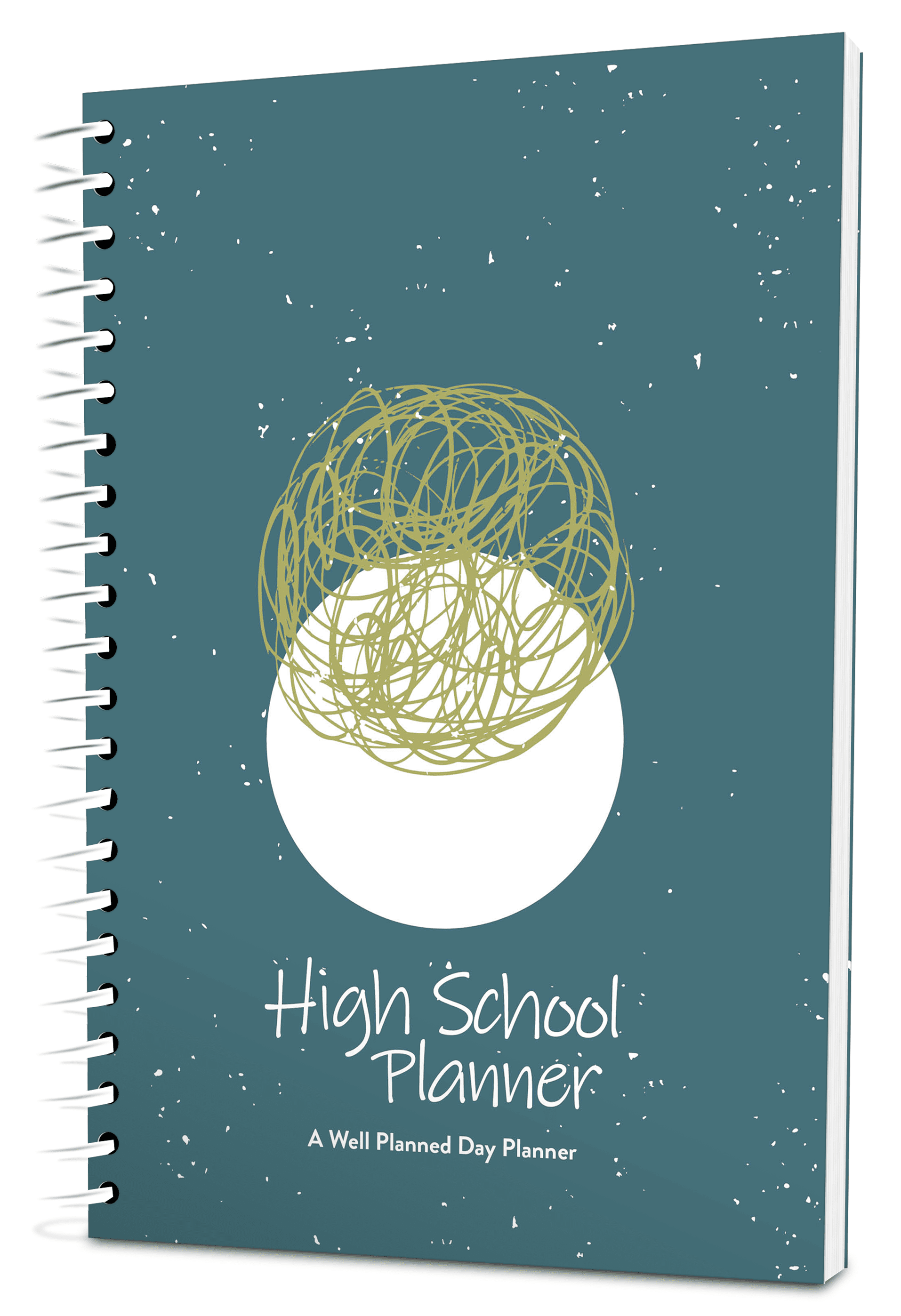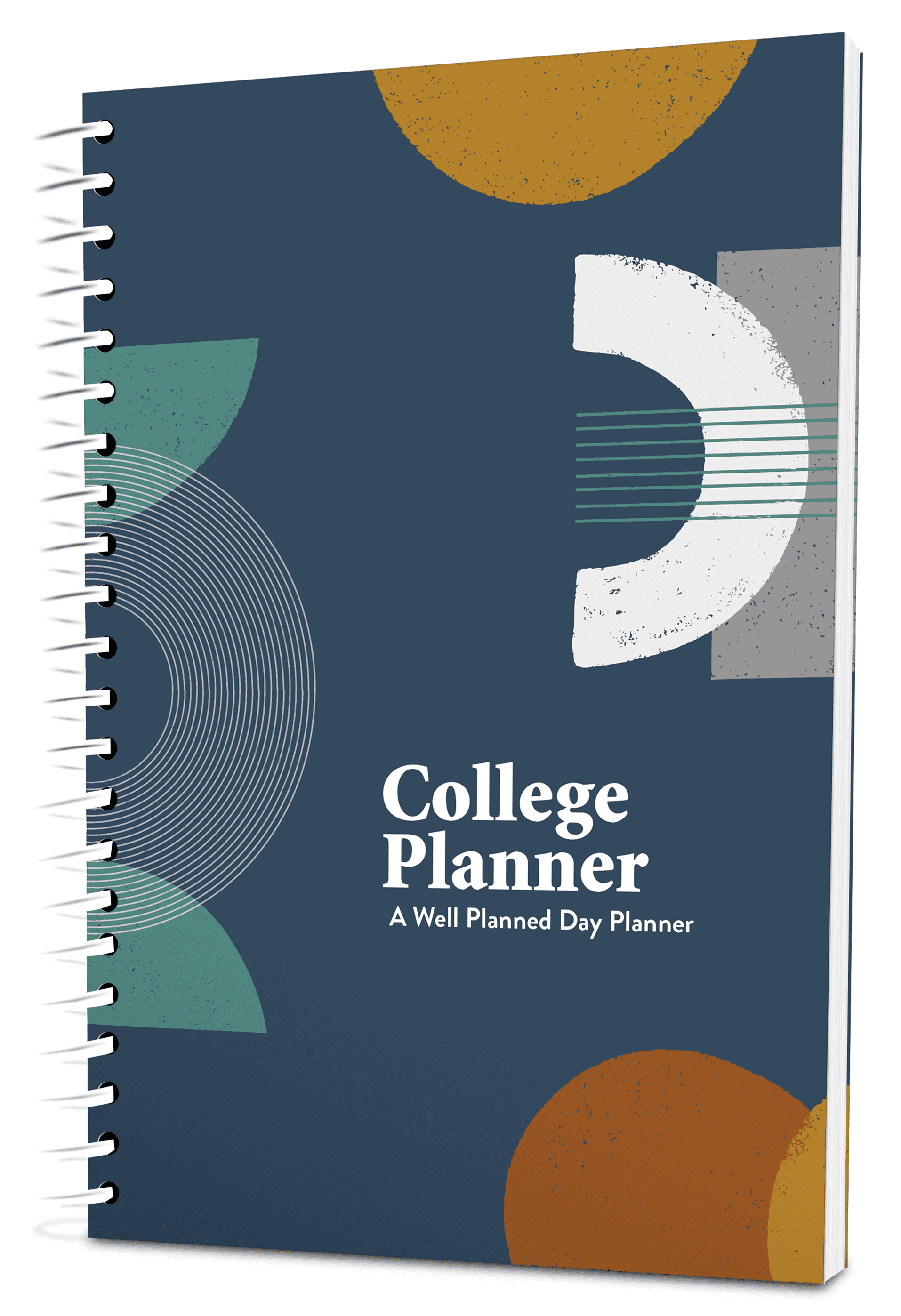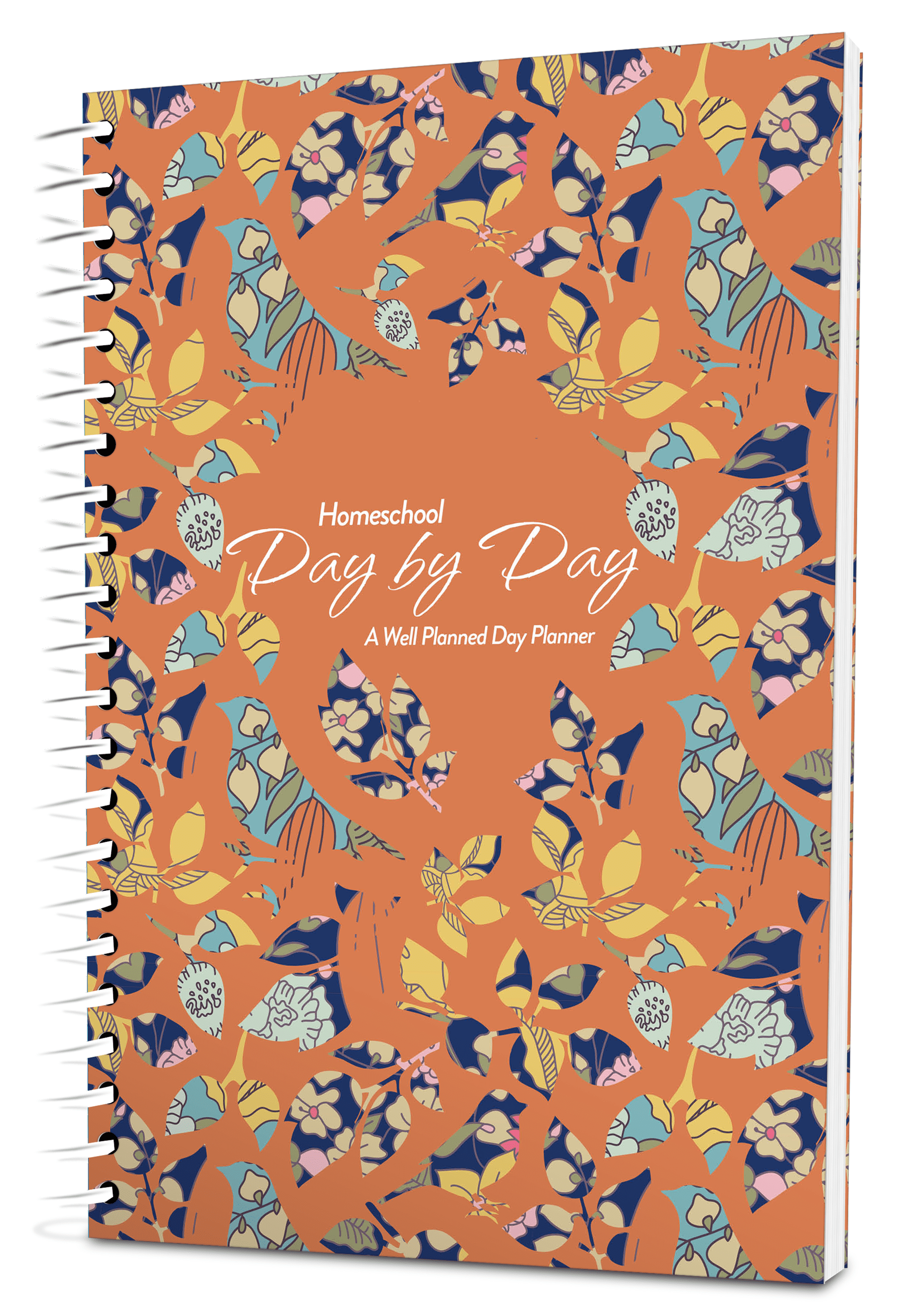Copywork is a strategy made popular by the Charlotte Mason style of education. A student copies a piece of well-written work onto paper or into a notebook. While this may sound like handwriting, it is much more than that. Copywork is about spelling, punctuation, vocabulary, great literature, reading, and comprehension.
Starting Out
Students should not be expected to start copywork until they are physically and developmentally ready to do so. Copywork requires small-motor skills, hand-eye coordination, and concentration. Most young children have not matured enough to be successful at it.
If you do choose to try copywork with a very young student, keep the sessions very short and stop immediately if the student becomes frustrated or tired.
Getting Excited
Copywork is an ideal strategy for teaching a variety of skills at the elementary level. Start small and increase the length and difficulty of the passages as the student progresses.
Expect your student to give her best effort, but be aware of developmental differences. Students at this age should not be expected to sit still for long periods of time.
Beginning to Understand & Learning to Reason
By middle school, many students are able to complete compositions and take dictations, so copywork may no longer be needed. However, it can still be very effective for students who struggle. And even for those who don’t, copying passages of great literature and from the Bible can be a great educational tool.
Older students may enjoy creating a copybook, copying quotes and passages that are important to them, then decorating pages with drawings or clip art.
Tips for Using Copywork
- Go for quality over quantity. A short, neatly copied passage is much better than a longer, sloppy one. Start with short works, even just a sentence or two, and work up to longer passages.
- Be selective in the literature you ask your students to copy. Make sure that it is well-written and a suitable model. But also make sure that it is something that is interesting and fun for your student.
- Select passages from a variety of sources, and consider allowing your student to choose. For young students, you might offer a choice of two or three passages or allow the student to choose which passage he will copy on which day that week. For an older student, occasionally ask her to choose her own passages from something that she is reading or studying.
- Make sure the model is in an easy-to-copy format. The print should be clear and easy to read and large for younger students.
- There is nothing wrong with assigning longer passages of text to younger students if it is of interest to them. Just make sure to divide the passage into appropriately sized sections for the developmental level of the student.
- Play soft classical or instrumental music while your student completes his copywork. Music can have a calming effect and is helpful for auditory learners.
- Allow your student to decorate his copywork when he is finished, using his own drawings or clip art and photos downloaded from the internet.
Creating Copywork
You can find a huge variety of ready-made copywork online. Older children can copy directly from a book, if you choose. But it is also a simple process to create your own copywork.
- First, choose the passage that you want your student to copy. Some possibilities include Bible passages, paragraphs from literature, poetry, historical documents, quotes from famous people, and sections of your students’ favorite books.
- Once you have chosen your passage, copy and paste or type it into a word document. Choose an easy-to-read font, and enlarge the type to a comfortable size for the age of the student. Be sure to edit for typos.
- Next, create several lines for your student to use to copy the text. The younger the student, the more space you need to leave between the lines.
- If you want, add some related clip art, save, and print. You are all ready for your first copywork session!














